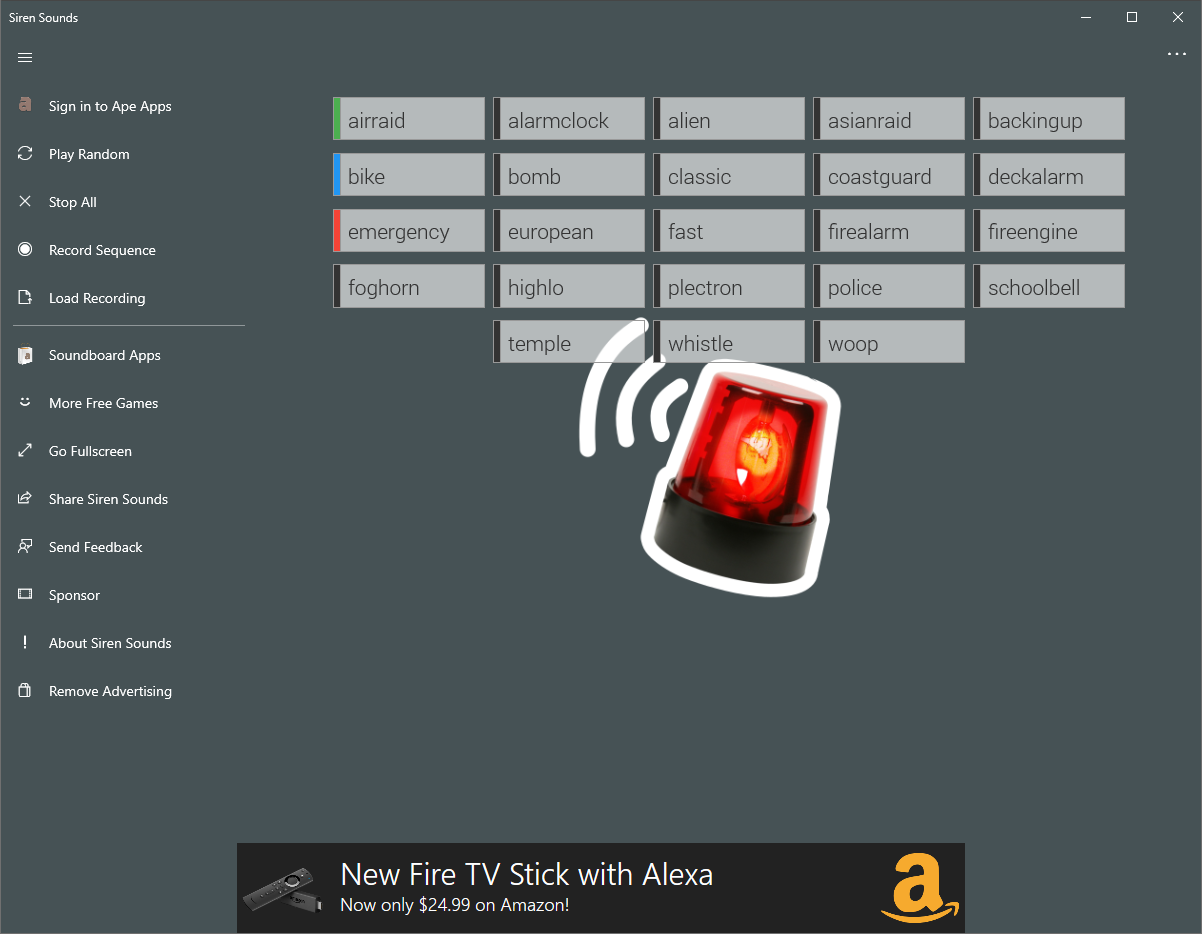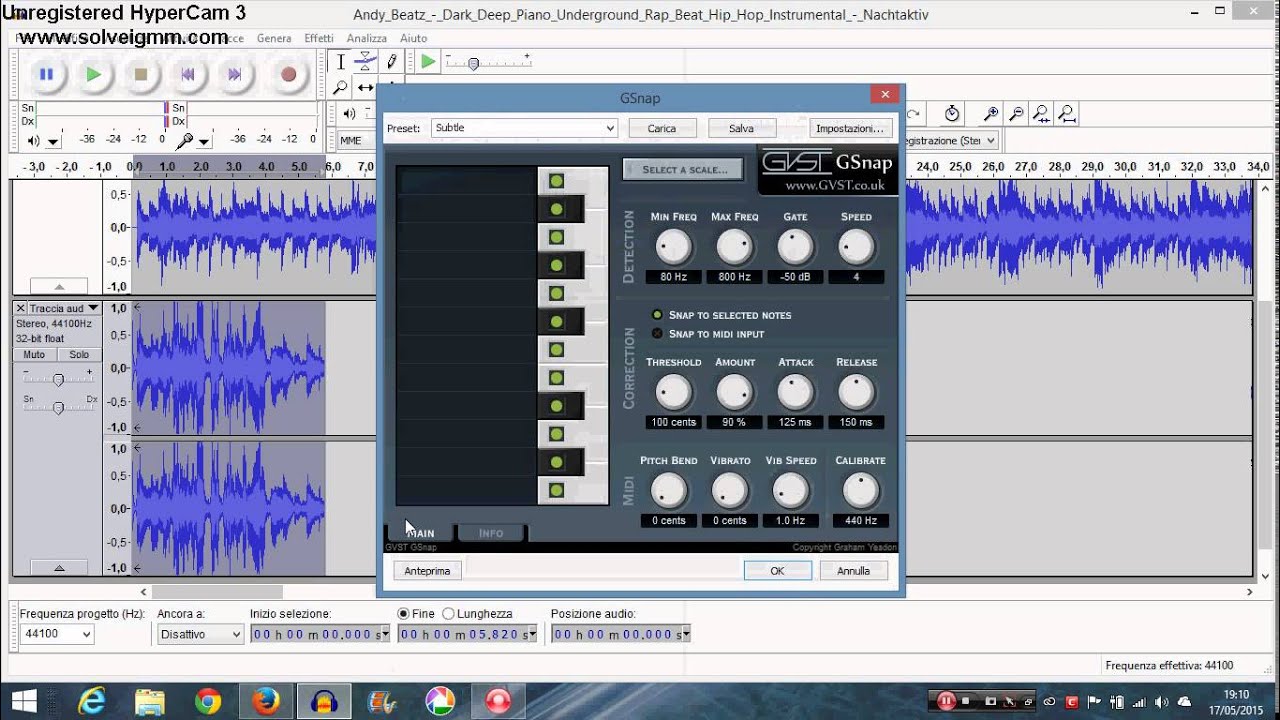

After I had fixed the vocals, one day I just got a new idea for the melody, which requested for major scale chords, and it all felt better - the project was saved again! I had been testing my melodies and chords a bit before the vocals had been fixed, but I got stuck with the minor scale. The reason there was correction needed is likely because the original vocals had been sung without any background music playing, so the tuning was just a bit off, but for me tuning my gear was not an option. I needed to "correct" the amplitude of the GSnapped fragments and EQ the Pitched fragments.Īt this point I should tell this: don't get me wrong, I have heard from other tracks that Silvia O sings perfectly well.

That caused a problem: GSnap output has reduced amplitude and high end (treble), so the fragments were incompatible. Some lines were too complex to fix with GSnap, but their actual problem was shifted tuning only, so I decided to use the Change Pitch effect in Audacity for those lines. Then, locating the pop and carefully deleting or copying a single period to make the waveform periods appear in pairs again. Moreover, the GSnap sometimes missed a period of the waveform (the female vocal normally consists of two different periods alternating), causing a lower midrange "pop". Doing multiple GSnap operations over a line causes pops or discontinuities, which needed to be fixed by careful editing. Luckily, the GSnap worked fine in Audacity! I worked a line or sometimes a word at a time, manually choosing the correct notes used in the selection in question.

It took some time until I understoood all the parameters and how they affect the sound - and GSnap doesn't even deal with formants! By being unable to control the GSnap via MIDI, some vocal lines were difficult, some impossible to correct, unless going for smaller segments of audio. Soon I was learning how to use an autotune effect. As I used jeskola buzz tracker for creating the music, and it is not a normal audio/midi sequencer, it was clear I wanted to first correct the vocals, and then use the corrected vocal samples in buzz, just like my original idea was. I decided to look for free pitch corrector, and I ended up using GSnap (VST). When using those samples, I noticed the vocals are out of tune. It's the easiest way to work when using a tracker as the music editor. It all began by cutting the original vocal recording into short samples (a few seconds or one to four lines of lyrics). It took some extra time and I learned new things as well. It was quite a challenging process for me.


 0 kommentar(er)
0 kommentar(er)
